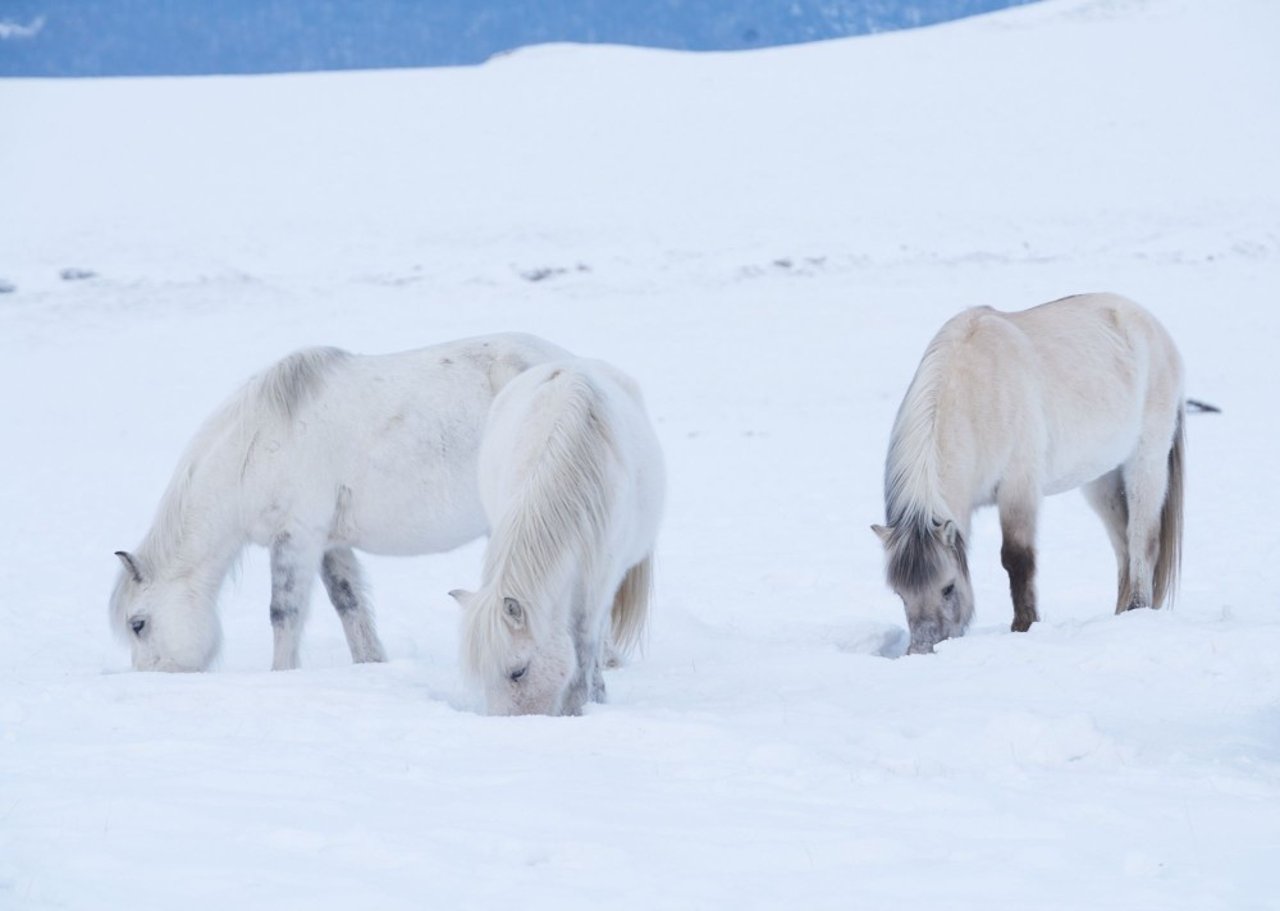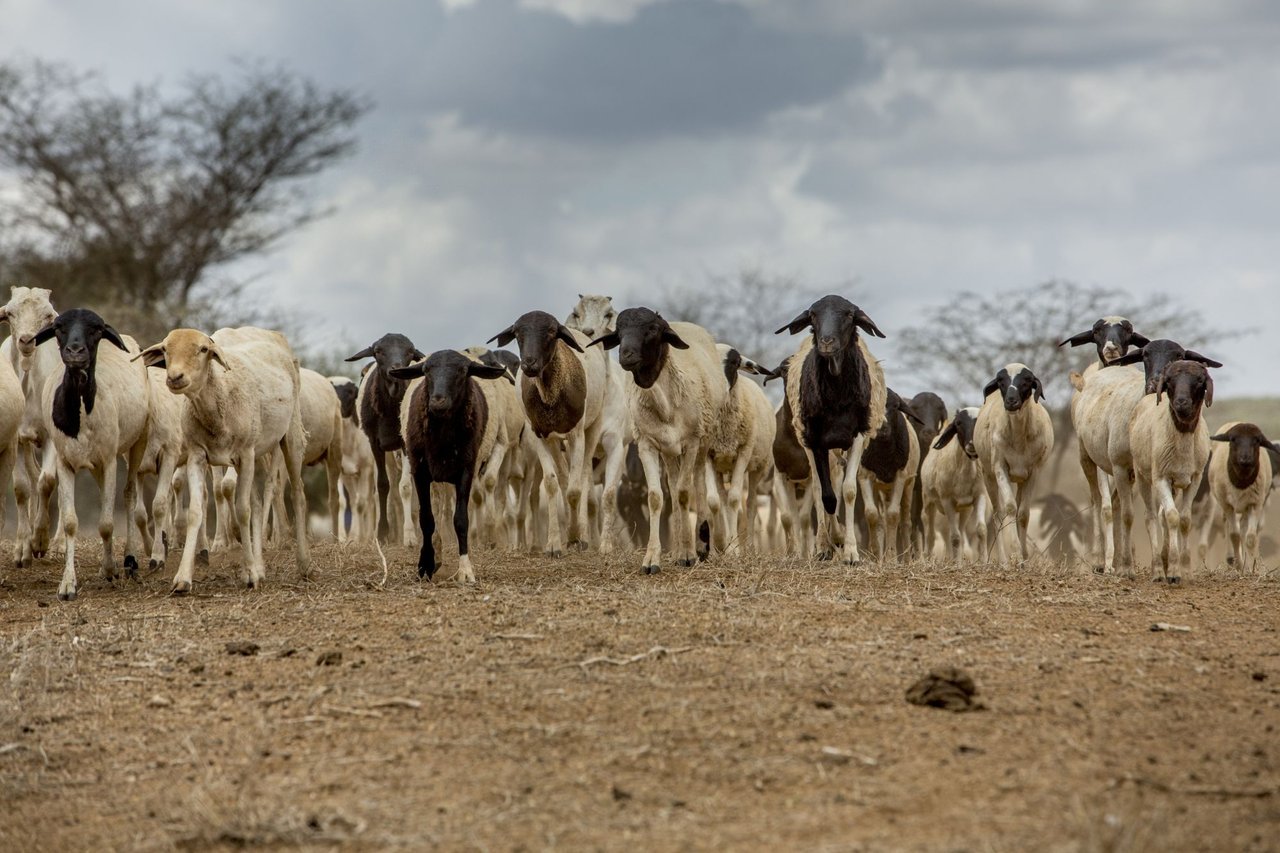
Protecting animals in the face of a changing climate
News
To mark Earth Day (April 22), we hear from one of our experts about how we’re protecting animals from natural disasters
Climate change is real and its effects are here among us. And with the climate changing, so is the frequency and intensity of disasters.
Floods, prolonged-droughts and super storms are increasingly common. They have a huge impact on animals, resulting in millions of deaths, year in and year out.
Climate change is melting polar ice caps and causing sea levels to rise globally. Floods and storm surges are threatening coastal communities around the world. Photo credit: World Animal Protection / Ezra Acayan
Using education to reduce animal mortality
The theme of Earth Day 2017 is ‘environmental and climate literacy’.
It states that ‘education is the foundation for progress’ and highlights the ‘need to empower everyone with the knowledge to inspire action in defence of environmental protection.’ In the context of natural disasters, education means the difference between life and death. It means preventing endless, unnecessary suffering for millions of animals around the world.
Not just one day
On this Earth Day and all year round, we work tirelessly to protect animals and communities through preparedness and education before disasters strike, as well as through emergency aid. This is as urgent as it gets: no one is safe.
We support farmers and pet owners to improve preparedness and reduce vulnerability. This helps protect both animals and the communities who depend on them. We also lobby governments so animals receive protection in disaster plans.
Once rare, “super storms” like Typhoon Haiyan are becoming increasingly common. Driven by warming oceans, these storms leave devastation in their wake, killing, injuring and making homeless countless people and animals. Photo credit: World Animal Protection / Ezra Acayan
Gerardo Huertas, our international director of disaster management, tells us more:
Q. What are you doing to protect animals faced with worsening disasters?
Currently, World Animal Protection can deploy four to six teams of vets and disaster experts into the field for each disaster.
We are constantly recruiting and training disaster liaison officers in many vulnerable countries around the world, to speed-up and enhance our ability to help animals and communities.
Our target by 2020 is to have helped five million animals affected by disasters around the world.
We’re working with the United Nations to teach governments how to protect farm and working animals from disasters.
We also promote a culture of preparedness among pet owners.
Q. A study from 2015 found that half of disasters looked at were linked to climate change. How might climate change affect disasters, and ultimately animals?
As climate changes, all previous trends, patterns and knowledge go down the drain.
A year or two ago, weather scientists indicated that hurricanes in the Caribbean, for example, were going to happen less often, but be larger in power and hence, more dangerous. There is little folks and governments can do in the wake of giant, monstrous hurricanes, but there is a lot that can be done if they start early.
Droughts affect people and their animals by the millions, and leave scars that can last decades.
The new culture of risk reduction we champion, is vital here. The adage that prevention is better than cure is hugely relevant. The more we can educate animal owners to prepare to protect their animals in advance, the more animals we can help.
Q. Are animals made more vulnerable by changes in the strength or frequency of natural disasters?
By all means. Other factors compounding this are living or working in exposed locations, such as in the path of floods, in arid conditions or near volcanoes. Inhabiting shaky barns and suffering poor infrastructure is another factor causing vulnerability. But these vulnerabilities worsen with each event, and the lack of preparedness by some animal owners, and poor governmental ability to provide effective and immediate relief, makes things much worse.
Q. What can animal owners do to protect their animals?
We encourage animals owners to sit down and write a plan. I can’t emphasise the importance of this step enough.
Animal owners are uniquely-placed to identify the specific risks around their own animals, and work to mitigate them the moment they occur.
Animals have similar needs to their owners but they cannot take matters into their own hands when emergencies descend. They need to stay away from danger, an evacuation plan, a veterinary first aid kit, water and food provisions.
Vaccination records must also be kept updated. Animals also need to be properly identified in case they are separated from their owners.
You can find out more about how we support animal owners to plan ahead and protect their animals here. We fully encourage preparedness. There is no time to lose.
For more information on our work protecting animals from the impacts of disasters, click here.
As extreme climate-change related disasters increase, animals are affected just like people. They need shelter, emergency food and water and medical care. With your support, World Animal Protection is there for animals when they need it most. Photo credit: World Animal Protection / Jacob Maentz
Mongolia is among the most vulnerable countries to climate change. Increased droughts in summer followed by colder and snowier winters threaten millions of animals and the traditional nomadic herder way of life.
In dry areas like the Horn of Africa, climate change causes longer, more severe droughts. Rain levels have declined steadily since 1970 while rising temperatures produce successive hottest years on record in the last decade. Photo credit: World Animal Protection / Georgina Goodwin
On this Earth Day and all year round, we work tirelessly to protect animals and communities through preparedness and education before disasters strike, as well as through emergency aid - Gerardo Huertas, our international director of disaster management




